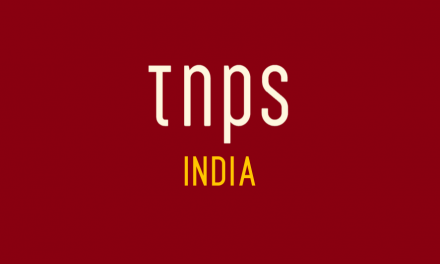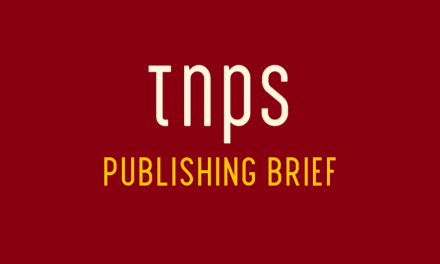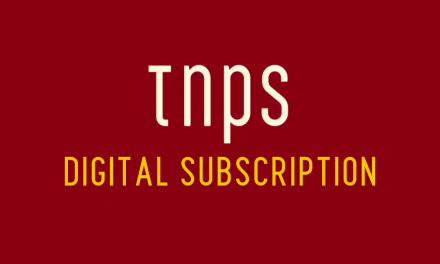At a time when there is much speculation e-readers are yesterday’s devices, and that anyway readers are ditching the written word in favour of audiobooks, Amazon UK has announced Kindle device sales were up again in 2019,
thanks to independent publishing, Unlimited subscriptions and Amazon Publishing. Kindle device sales in the UK continue to show year-over-year growth, and we had our best Black Friday ever for Kindle devices.
While we won’t know the full 2019 Kindle Direct Publishing Select Global Fund (paid out to KDP authors who go exclusive with Amazon) until next month, Amazon tells us that for the past twelve months (December 2018-November 2019) some $298.9 million has been paid out.
The main recipients will be self-publishing authors, but the fund is shared between any author or publisher that uses KDP and enrolls in Select. This does not include A-Pub payments to its own Amazon imprint authors, which otherwise directly compete with indie author titles in Kindle Unlimited.
And of course this is just from Kindle Unlimited downloads, not regular sales. A pertinent reminder that, while we can’t know just how big the self-publishing sector is, it cannot be lightly dismissed.
Consolidation, not expansion, is now the name of the game for KDP
For Amazon, the second half of this decade has seen a clear fading of interest in the global possibilities of digital books, no matter how well they may be doing in the established markets.
It’s over five years now since Amazon launched a new Kindle store anywhere in the world –
And while KDP has expanded to include a limited POD service (which operates only in a handful of Amazon markets) language support remains extremely limited, demonstrating Amazon’s non-plans for the Kindle experience even as it expands its wider market operations (Turkey, Singapore, etc).
India may give us an indication why.
Amazon at once helps and hinders self-publishing authors on Amazon India
The Kindle India store launched back in 2012, and at many levels it’s been a big success.
Kindle Unlimited subscriber growth in India is in high double digits, we are told, but without knowing what the baseline is that doesn’t tell us much.
We know ebook sales in India are on the rise –
And Amazon will account for many of them, of course, as the largest by far player in the field after Flipkart shuttered its own ebook store.
But the Kindle India store faces a challenge partly of Amazon’s making. For authors loading ebooks via KDP we are limited in our pricing options. Indie authors cannot sell at the same low prices mainstream publishers can, and in a price-sensitive market like India this matters, and in many ways creates a reverse mirror image of the Kindle scene in the west.
In the west indie authors rose to prominence by being able to undercut bigger publishers, offering low-risk opportunities for readers to experience new names.
Kindle Unlimited has helped that problem a little, but to have our books in that service means being exclusive with Amazon. No big deal for indie authors in India, where there is little competition, but for authors who also sell in western markets being exclusive with Amazon may not be their best option.
And to be clear, authors in this game for the money need to be selling beyond India, because Kindle revenue for authors in India is by western standards abysmally low, with Amazon India announcing this week that 98 KDP India authors make over Rs 3.5 lakh. That’s Indian mathematical notation for Rs 350,000 – about $5,000.
And that’s 98 authors out of 1 lakh (100,000) KDP India authors playing this game.
While $5,000 per annum isn’t a remotely living wage in the west, but it’s about twice the median annual salary in India. Which is of course why the Kindle Unlimited India subscription service costs the equivalent of just $2.30 per month.
For western comparison, Amazon said this week,
Thousands of independent authors who self-publish their books with KDP earned more than $50,000 from the sale of their books on Amazon, with more than a thousand passing $100,000 in royalties.
Therein lies the challenge of the emerging markets: volume sales will in time bring rewards, but the revenue numbers relative to mature markets will be unimpressive.
In India the fact that there are already 560 million people online makes the volume potential worth the risk.
But for other markets… It’s easy to understand why Amazon has lost interest in digital books beyond its current borders. Not that digital books in the other emerging markets cannot be profitable. Just not to the level a company like Amazon demands.
But let me end the India element of this post’s headline with this bizarre quote from Gurwara that lead us neatly into the final element from the headline.
Gurwara asserts that,
if we stack up all the digital book pages that were made in India through 2019, it would actually cover 148 times the height of Dubai’s Burj Khalifa that has a total height of 829.8 metres.
A fun fact even if it has no factual basis, in that any number of digital books stacked up will have no perceptible height, and meaningless in that we are offered no numbers for these books.
So how many books have been published through KDP India? We don’t know that either. But we have been told how many ebooks have been published though KDP globally. In an interview with The Indian Express Amol Gurwara revealed that figure to be 2 million.




